The pearls of Dubai
Today I want to tell you about Dubai pearls. In Dubai it is not “only” gold that glitters. We all know Dubai, either for having visited it or for having seen it in the newspapers or mainly on TV. A crazy city if you think about it, it arose and exploded in just 40 years in the middle of the desert, developing on the edge of the incredible.
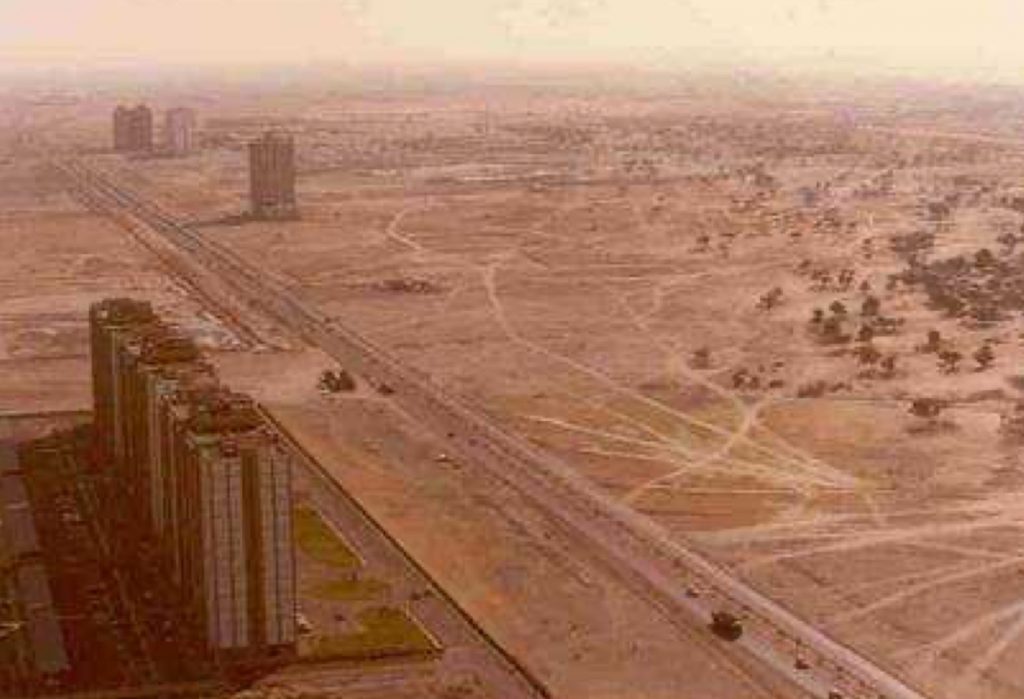
You look at it and it is difficult not to be dazzled by the architectural beauty of the skyscrapers that stand out in the sky, from the luxury cars, from the huge shopping centers with ski slopes and mega aquariums where fish of all kinds swim in 10 million liters of water.
But before being one of the most glamorous places in the Globe, Dubai is one of the seven Emirates that make up the United Arab Emirates, certainly the best known in the world. We know the rich well-being of the Emirates today, mostly built with petrodollars, but few know that these small city-states have a thousand-year history even in another very rich and luxuriant sector, that of Dubai pearl fishing.
The pearls of Dubai… An interesting story
It is, I think, a very interesting story, which I want to tell you having been lucky enough to visit the Pearl Farm in Ras Al Khaimah. Historical intro The first pearl caught dates back to 8,000 BC and was caught in Abu Dhabi and the second in 7,500 BC in Umm Al Quwain, another of the 7 Emirates.
Pearls were immediately appreciated, mentioned in poems and books and soon their trade grew in popularity ‘and the city’ of Ras Al Khaimah reached a strong expansion in the market for these natural precious.
An ancient story
Well before the oil boom, the United Arab Emirates thrived on the proceeds of Dubai pearls. Diving offered seasonal work, and many local families can still trace their fortunes back to the historic pearl diving their ancestors did.
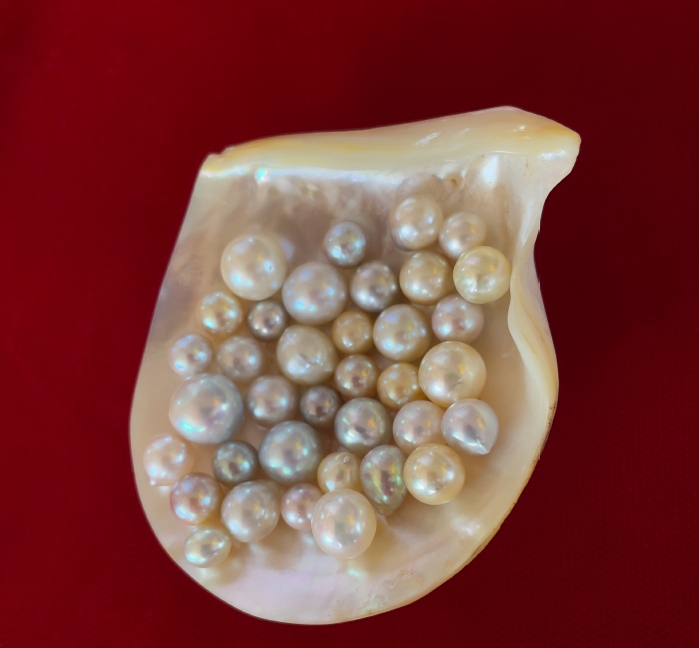
And it is precisely because of this trade that many fishing families have ended up moving to coastal cities such as Dubai and Abu Dhabi to be closer to the port or the workplace. Natural Pearls and Cultured Pearls Pearls can be natural or cultured. How is a pearl born? A pearl is formed when a foreign body enters the soft tissues of an oyster.
How a pearl is born
The reaction of the mollusc that follows to self-defend itself is to secrete an organic substance called “nacre”.
It accumulates on the foreign body, giving rise to the pearl as we know it. Natural pearls or fine pearls are pearls that formed naturally, by chance, as a parasite or a foreign fragment slips into the fabric of an oyster’s mantle, generating the birth of a pearl without human intervention.
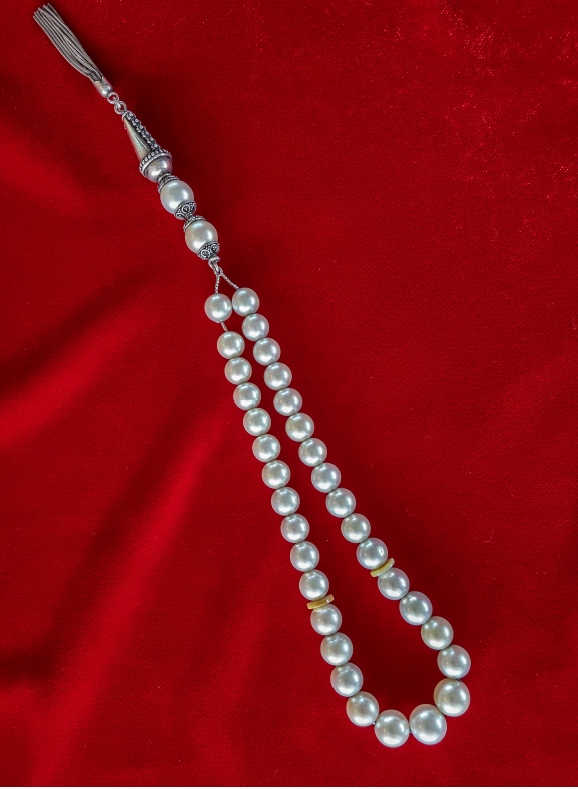
Cultured pearls are obtained through a procedure of grafting a foreign body, called the nucleus, into the gonad of the mollusk. Once the nucleus has been inserted, the same natural process of nacre secretion begins around the introduced nucleus, thus generating the pearl.
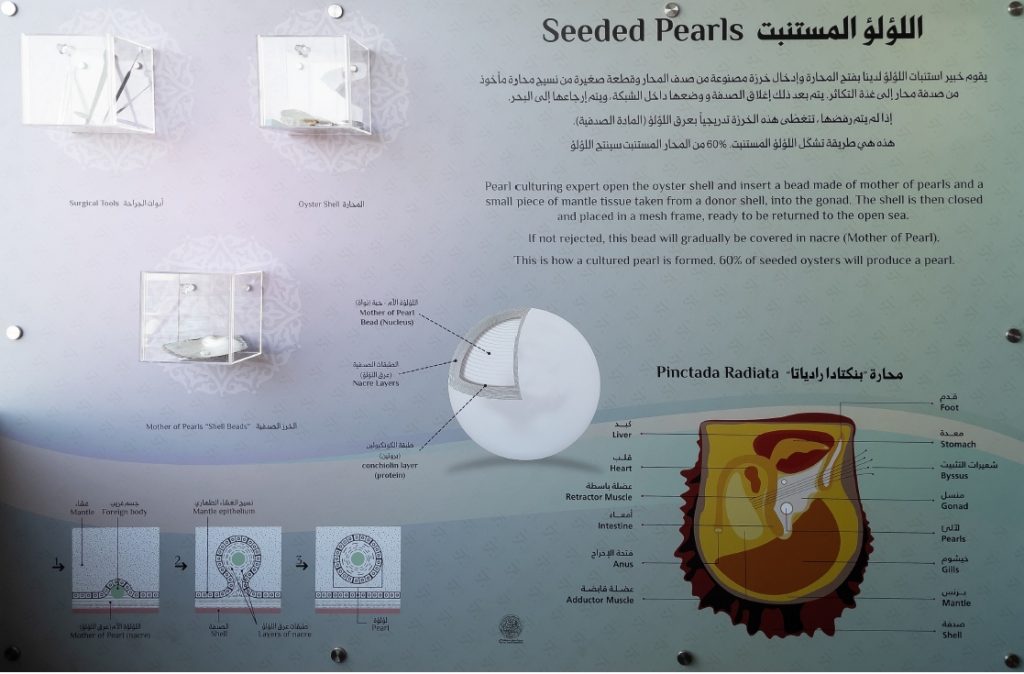
Phase one involves storing the young oysters in a blue net for six months; after this period, phase two is passed and the oysters are transferred to another container where they will remain there for another three months. Up to this moment the oysters are closed and we avoid doing any planting because it is a strong mollusk and trying to open the shell can cause it to break and die.
The final stages
Then we come to phase 3 where the oysters are kept in the dark so that they can “relax” and unfold. This phase lasts a month and it is here that the fishermen carry out the implantation of the nucleus of each individual oyster.
Once they have implanted the nucleus, they move on to phase 4 which will last another month where the oysters are kept under close observation.
Here the pearl begins to form or otherwise the core will be ejected. After this phase there is the last step, the fifth, in which the oysters are placed on a vertical panel for another year.
Weekly the fishermen clean them of parasites that stick to the shell because they could pierce it and thus kill the mollusk. In the months of January, February, November and December there is no fishing.
In March, the so-called cold fishing begins. From May until August there is actual fishing. For 4 months the fishermen stay on board the boat making from 15 to 200 daily dives and eating only a plate of rice with fish for dinner while during the day they drink coffee and eat a date.

The pearls of Dubai… A tiring job
There are no cabins or accommodations on the boat, everyone sleeps together on deck. What if someone feels bad? It can happen that by diving so many times a day, water enters the brain. How is it treated? The victim hangs himself by the feet literally so that he can drip and empty … Here there are two cases, either he survives or he dies. In the second case, being unable to return, the body will be buried on a nearby island if there is one or wrapped in a cloth and left to sink into the sea. But what equipment does a fisherman need? The photo below summarizes a little of the equipment that is used. Let’s start first with clothing: a pair of trousers and a shirt, both black.
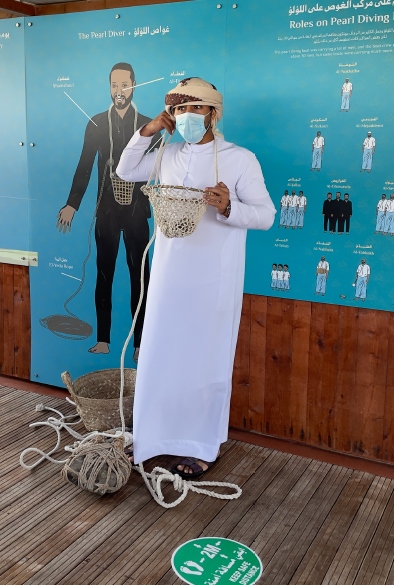
A basket around the neck with a rope tied to a boulder that is used to quickly descend into the depths, a fork made from the shell of the turtle that serves to close the nose, a leather cover for the fingers to be able to catch the oysters without cutting oneself. That’s all. The dives take place without a mask, with open eyes. To avoid salinization of the eyes and loss of visibility, one eye is opened at a time.
This is still the way to fish for pearls in Dubai, isn’t it incredible? This is the Tasbih or Muslim prayer rosary made entirely with pearls. There are only three, one is owned by the Pearl Farm I visited and the other two are in the hands of the same number of Sciecchi. harp from the inhabitants of the Hellenic peninsula. I close this story with a personal anecdote.
I don’t particularly like Baglioni’s music but, perhaps (indeed almost certainly) because I’m lucky enough to be a father, there was a moment in my life when one of his songs often buzzed in my head, “Avrai”, a beautiful music poem dedicated to his son Giovanni. A passage of that song says “A sun killing itself and clam fishermen” …
The final
Well, life, its strange combinations and its never entirely predictable intersections meant that for one day I found myself living those verses, feeling the scorching sun of the Emirates on my skin and seeing these brave researchers at work. of the modern era and I do not hide from you that this generated a certain suggestion in me, which made me live those hours with an incredible emotional participation that went beyond what I am normally able to express in the usual excursions I have done a little around the world.
It may have been (I think) also due to the incredible passion read in the eyes of these men who live their work not only as something that helps them “to live” but as a privilege, a legacy of the past of which they are jealous today custodians and that tomorrow they are ready to pass on to their children so that this treasure (and I am referring to tradition, not to the pearls themselves), is not lost.

